It's Game Time: 10 Things You Don't Know About NFL Stadium Connectivity
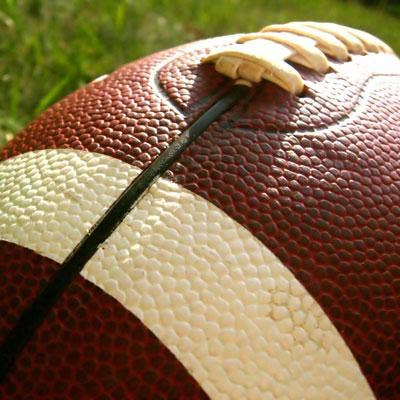
10 Things To Know About Game-Day Connectivity
How many access points are in a NFL stadium? Who's in charge of a team's wireless connectivity during game day: the NFL, vendors, solution providers? How can a person tell that it's raining just by monitoring analytics? And what's the connectivity difference between an NFL game compared to a Taylor Swift concert?
These just some of the questions stadiums experts dive into with CRN as the NFL pushes to enhance the fan experience through better connectivity.
Longtime stadium experts Brian York, who leads the Stadium Practice for El Segundo, Calif.-based solution provider PCM; and Norman Rice, executive vice president of global marketing, corporate development, and Stadium & Venue Business Unit for Extreme Networks, weigh in on the current state of the NFL landscape.
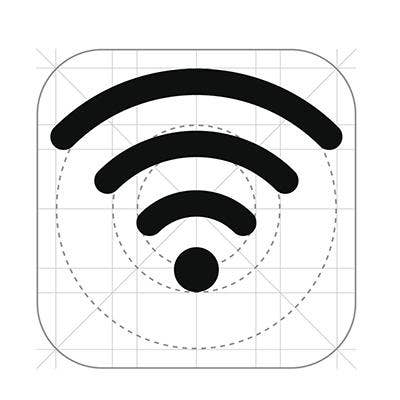
Connectivity Rates Spiking
On average, approximately 50 percent of the people inside a stadium today are actively connected to the network at any given moment during an NFL game – up from 15 percent to 20 percent three years ago, according to Rice. "So that's the percentage of users who would actually get on the Wi-Fi Network," he said.
If you compare that to a Taylor Swift concert inside a stadium, the connectivity adoption rate jumps to around 70 percent on average. "With the NFL, you usually have an older demographic going to events. … The younger folks come into a Taylor Swift concert, immediately want off Mom and Dad's plan, flip the switch and they're on the local Wi-Fi," he said.
One Access Point Per 100 People
A typical NFL venue that hosts between 70,000 and 100,000 guests has around 700 to 1,000 access points supporting it, according to York, which is roughly one AP per 100 people.
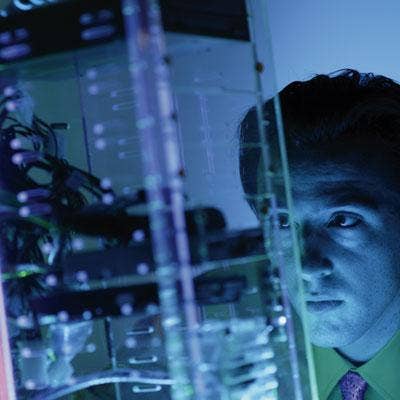
NFL Has A Small IT Staff
Although the NFL is a huge multibillion-dollar industry, it only has a small handful of IT personnel on hand during the game. "The NFL is a huge brand, but they have a very small IT staff," said Rice.
This is because more professional sports organizations are small, family-owned businesses, according to York.
"Most professional sports organizations are not big business, in fact, they're small business and typically family-owned. So the level of investment that they have in IT personnel and that kind of thing isn't like it is in an enterprise company," said York.
NFL Governs Connectivity On Sidelines, Not Vendors Or Solution Providers
During last year's AFC Championship game between the New England Patriots against the Denver Broncos at Denver's Sports Authority Field at Mile High Stadium, Patriots coaches complained that their Microsoft Surface tablets used to review plays weren't working, which was later attributed to network-related issues.
When it comes to the connectivity on the sidelines, the NFL is responsible – not the vendors or solution providers hired to monitor connectivity inside the venue.
"The sidelines are governed completely separate from what we do. That's not our technology, that's not us. That's completely a separate program," said Rice. "The NFL does all the sidelines and how they do that -- that's not involved with us at all."
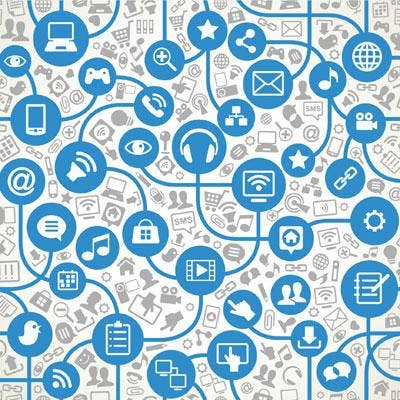
Social Media, Fantasy Sports Dominate Data Usage
The top two traffic drivers during an NFL game are Facebook and Instagram, according to Rice, whose company is the official analytics provider for the NFL. Instagram recently replaced Twitter as a data usage front-runner.
Following behind social media is fantasy sports, ESPN fantasy, Yahoo fantasy and then NFL applications, he said.
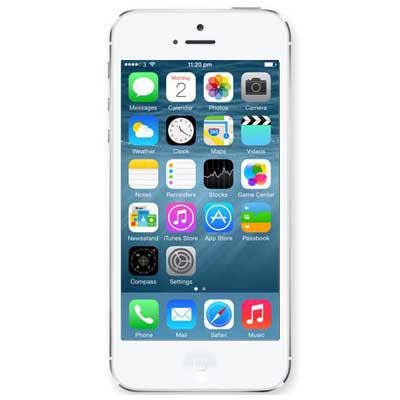
Apple Services Downgraded
The NFL has specific IT policies set in place to amplify connectivity and NFL-based applications during the game. For example, Apple iPhone updates are put on a lower priority compared with NFL game day apps due to the amount of bandwidth Apple consumes, according to Rice.
"The biggest use of bandwidth is as soon as an iPhone walks into a Wi-Fi environment, it calls home trying to get an update, trying to talk to the cloud, talk to whatever," said Rice. "The teams want to amplify their services. So they want [NFL program] RedZone to be front and center, the game day apps so people can be in their seats and order beers, they want people to see unique images from their cameras to be amplified. So they put those at a higher priority – that's their policy and they make sure those services are delivered before the Apple services during game day."
Rice added that emergency frequencies have priority over anything else.

Homeland Security Runs The Super Bowl
The Super Bowl has become a national security event and is now controlled by the U.S. Department of Homeland Security, which includes the connectivity.
"Technically, the NFL audits and owns the venue for the season, and then during the Super Bowl and the lead up for two weeks before, Homeland Security takes over control of it and owns the event," said Rice.
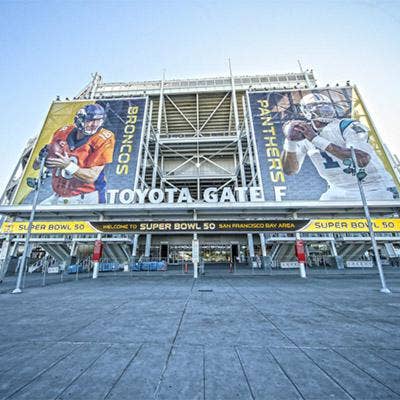
Body Water An Obstacle
It's not just the vast amount of devices people are using during a game that creates connectivity obstacles, but humans themselves. Connectivity signals have difficultly going through water and when 80,000 people are hovering over each other, issues can arise.
"The more people you have in a concentrated area, it's a very complex problem, it's called density," said Rice. "Then you throw in water, which we're made of as humans, signals don't like to go through water."
To solve this, Extreme uses high-density purpose-made products and spends plenty of time creating the appropriate stadium design for the wireless network before installation.

Analytics Viewpoint
Real-time analytics is giving the NFL more insight about what's happening inside the stadium unlike ever before.
"I can tell you when it's raining in Cincinnati," said York, who has monitored games in the past. "Because suddenly you see this spike in all of the network traffic because people have left the seating bowl and gone inside … and they whip out their device – so you can see the spike when the weather is bad."
York said he can also tell when a touchdown is scored or when there's a timeout in action.
"In the breaks of the game relative to the activity, we see either downloading or broadcasting from these devices and it becomes very interesting for marketing and all of those elements," said York. "That's where this is really heading -- the ability to observe traffic patterns becomes useful within the industry and with sponsors."
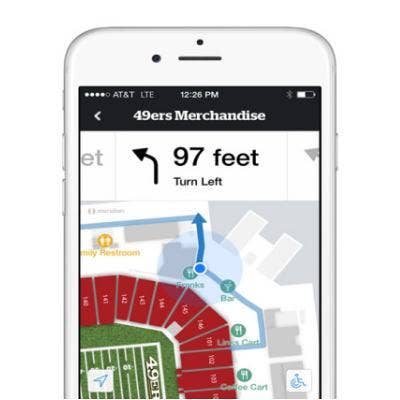
C onnectivity Saved The Game Day Experience
Experts said the NFL had a serious problem in the 2000s of pulling fans from off their couches and into the stands. As high-definition television and fantasy sports took off, pressure mounted for revenue at the venue gate.
"At home you can manage and monitor your fantasy football stats and trash-talk with your buddies, but when you went to the venue you lost some of that because connectivity was at a premium," said York. "We saw very early on was that the role of technology in these venues was going to become the 'X'-factor."
York said the league and teams rushed to an application-centric model, which is dependent on connectivity. In addition, connectively allowed social media to flourish.
"Social media has taken these networks from being consumption networks to broadcast networks," said York. "In doing so, being at the destination matters a lot because the content -- if you're the star of the show and you're in the stands -- that's a much more interesting post to your buddy's and everyone else than it is sitting in your couch at home."